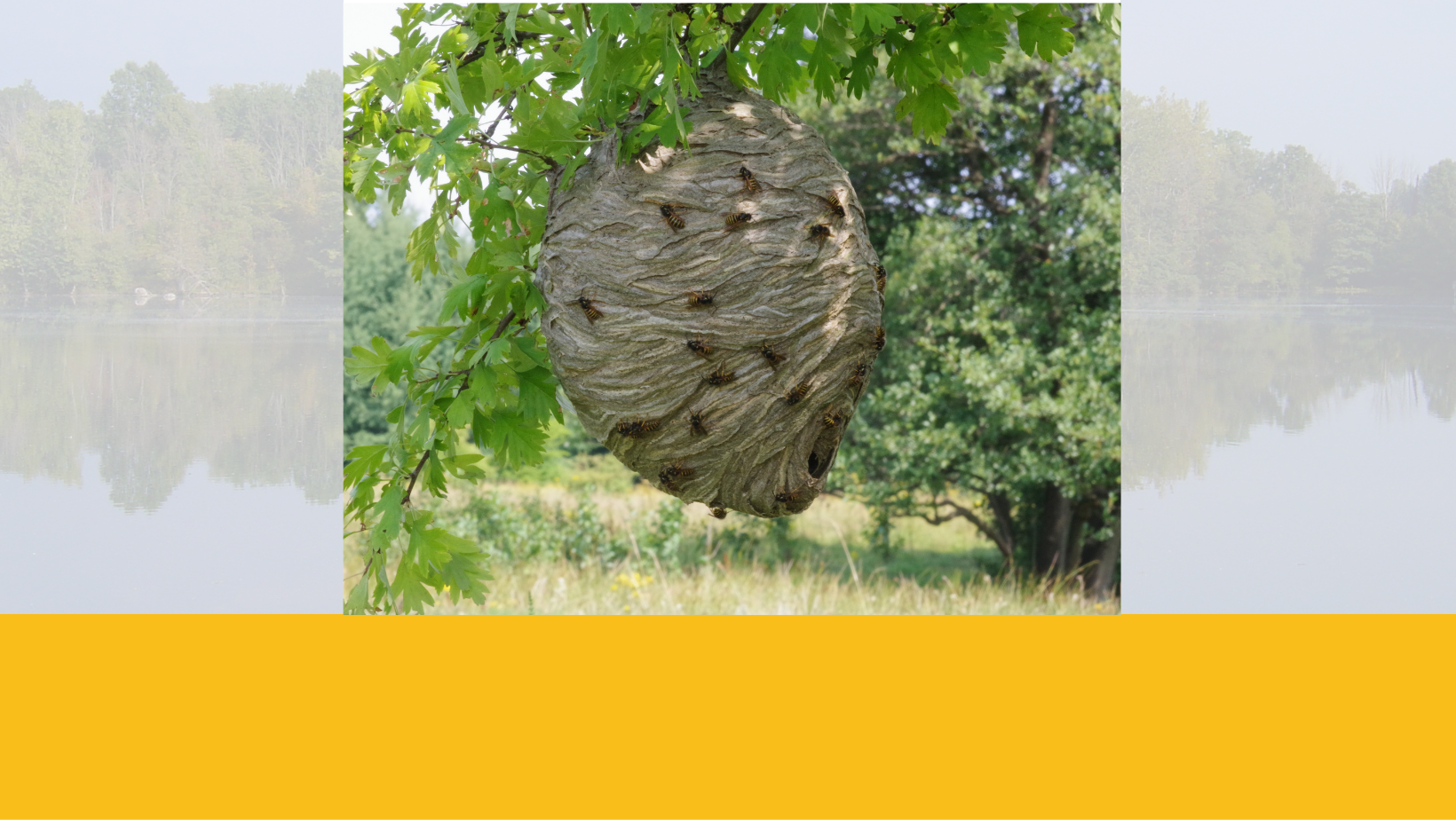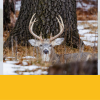Safety at Steigerwaldt: Bee Safety
Welcome to October! The leaves are changing, and more frosty mornings are ahead for us. For foresters, fall is the time of year where there is a lot of relief until next spring in terms of nature and the elements, such as mosquitoes, flies, ticks, heat, humidity, and plants. However, that does not mean that all the insect problems have gone away. Late summer into fall is the season where bees, more specifically wasps, hornets, and yellow jackets, become very active and protective of their hives.
So why are bees buzzing about and so aggressive in late summer and early fall? They are simply preparing for winter. Because of this, they become stressed and very protective of their hives and food sources. To bees, humans, like any other animal, appear as a threat to them and their resources, which causes them to act aggressively and sting.
Ways to prevent interactions with bees:
- Be aware of your surroundings and watch for hives and ground nests as you are walking and working. If you begin to see a lot of bees in an area, turn around and find a new way.
- Avoid areas where bees would nest, such as areas with a lot of flowers and full sun.
- Do not bring food into the woods. Like many other wild animals, hornets and wasps are attracted to it.
- If you do get stung or step on a ground nest and are getting attacked by bees, do not stay in the area. This is the time you should run from a wild animal because when you get stung, the bee that stung you releases a chemical that attracts other bees to attack.
If you do get stung, there are several things you can do to help:
- First, if you know you are allergic to bees, you should carry an EpiPen with you at all times in the woods.
- Contact someone if you get stung to let them know what happened and when you plan to be back from the woods.
- Apply ointment or wash the area that was stung, if possible.
- Apply ice to reduce swelling, if possible.
- Seek medical attention, if needed.
Enjoy the beautiful fall weather and all the colors on trees, but watch out for bees who may be in trees or underground. Also keep in mind that hunting is taking place and communication is key when working in the same area that a hunter may be.
If you want to learn more, below is the link to the CDC guide on situations with bees.
https://www.cdc.gov/niosh/topics/insects/beeswasphornets.html
– Nate Loeffler, Forester







